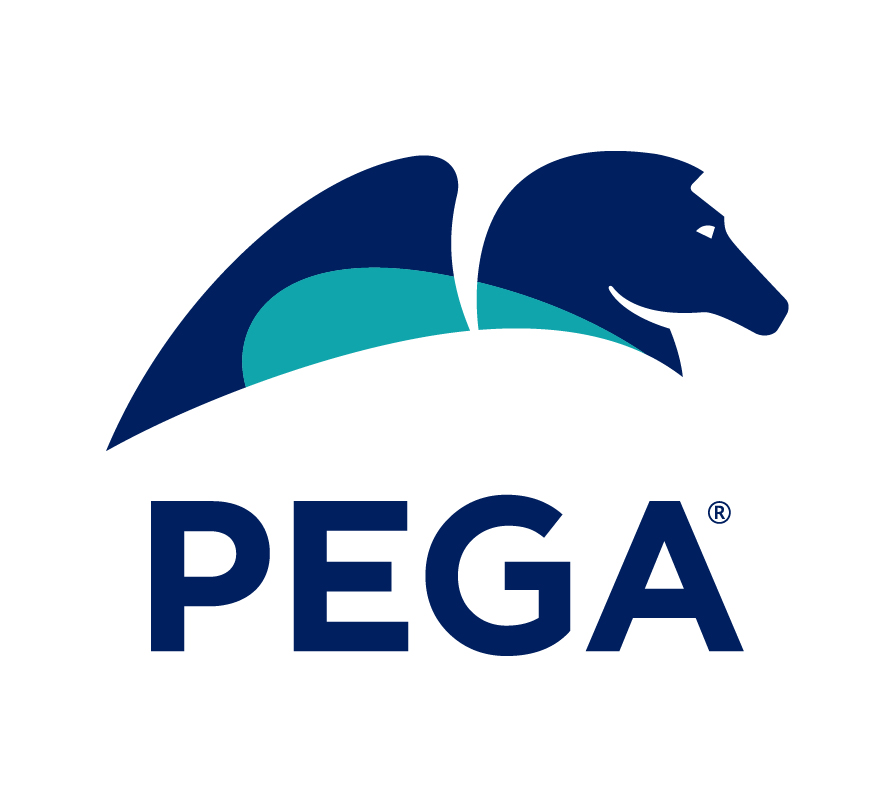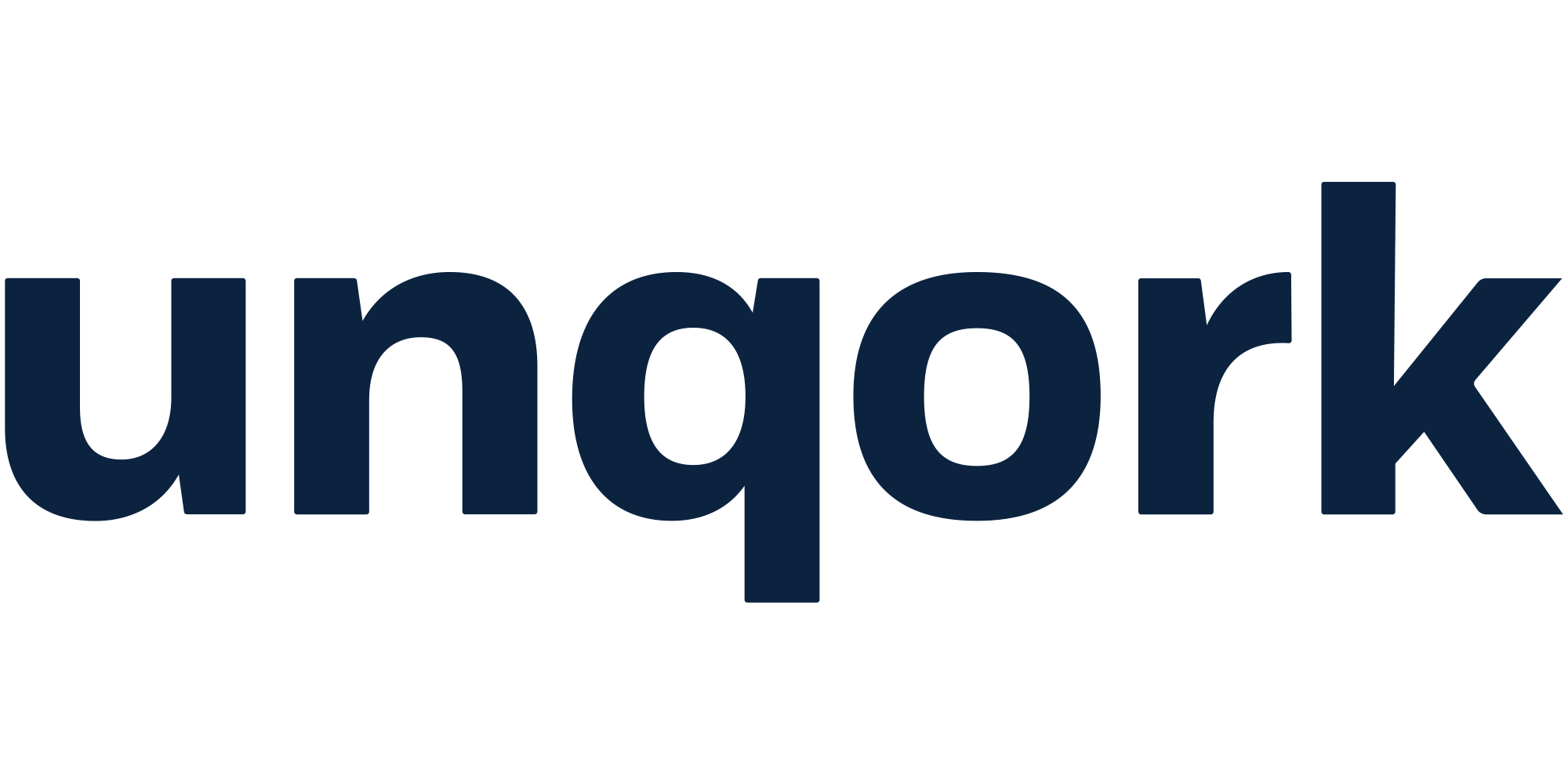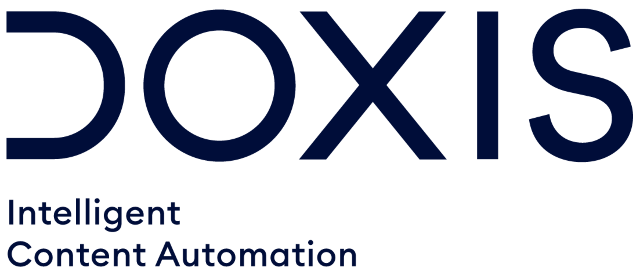
Overview
Pega Cloud manages your service fully, delivering Pega Infinity™ in a scalable and secure environment. With the Client-Managed Cloud, you take care of the orchestration, automation, and operation on any of the validated infrastructures.
Pega Cloud client quickly realize significantly-improved value that is achieved by having Pega run Pega applications for them. Some of the most significant benefits to clients who leverage Pega Cloud services are listed below:
- Faster time to market: Pega provisions production environments scaled to support the entire business solution with the reliability to ensure your applications are available 24x7. Pega Cloud environments are available and operational in days, vs. weeks or months with traditional infrastructure approaches.
- Lower TCO: In this cost-conscious economy, Pega provides our clients with a flat, predictable, monthly operational expense that is all-inclusive of equipment, software and personnel - so that clients can immediately tie the business case and ROI for the solution to business metrics, and avoid a large capital expense.
- Enterprise-grade security, compliance, and scalability: Pega routinely meets and exceeds clients' own internal security, compliance, performance and reliability needs.
- Keeping your Pega solution current to allow you to continuously innovate.
Highlights
- Pega's low-code platform helps you take on today's challenges while building architecture for tomorrow.
- Hyper-personalize every interaction with Pega to stay timely and relevant - no matter what happens next
- Handle massive volume with speed and efficiency, while still showing customers you care
Details
Introducing multi-product solutions
You can now purchase comprehensive solutions tailored to use cases and industries.

Features and programs
Buyer guide

Financing for AWS Marketplace purchases

Pricing
Dimension | Description | Cost/12 months |
|---|---|---|
Pega Cloud | Usage of Pega Cloud Services as defined by End User License Agreement | $990,000.00 |
Vendor refund policy
As defined in terms, or as required by applicable law
How can we make this page better?

Legal
Vendor terms and conditions
Content disclaimer
Delivery details
Software as a Service (SaaS)
SaaS delivers cloud-based software applications directly to customers over the internet. You can access these applications through a subscription model. You will pay recurring monthly usage fees through your AWS bill, while AWS handles deployment and infrastructure management, ensuring scalability, reliability, and seamless integration with other AWS services.
Resources
Vendor resources
Support
Vendor support
Pega customers can gain access to support resources through our community support, with documentation and expert resources here: https://community.pega.com/ Global Customer Care: https://msp.pega.com or Contact us over the phone at:
AWS infrastructure support
AWS Support is a one-on-one, fast-response support channel that is staffed 24x7x365 with experienced and technical support engineers. The service helps customers of all sizes and technical abilities to successfully utilize the products and features provided by Amazon Web Services.

Standard contract
Customer reviews
Low-code platform has accelerated my learning and has simplified building real-time use cases
What is our primary use case?
As a student, I have used Pega Platform to create, develop small use cases, and learn the overall platform experience. I need to use Pega Platform to test all the applications and features that I need to test.
We have developed a use case about an interview application where the user can submit their job applications, and the interview goes through based upon the steps. We have implemented this using Pega Platform, utilizing the inbuilt features.
What is most valuable?
In my opinion, the design structure of Pega Platform is a best feature, as it allows you to create the overall design inbuilt and later add the features step-by-step for application development.
I find the step-by-step feature when building out structures easier because we have case flows and stages where we can add the steps.
I also enjoy the integrations in Pega Platform, where we can communicate with third-party resources to extract and send data in real-time, including sending emails and messages or integrating payment applications.
Pega Platform has positively impacted my organization by providing faster application development than traditional methods.
With Pega Platform, the development process becomes faster. For example, coding an application can take a couple of weeks or months but can be done in weeks using Pega Platform.
What needs improvement?
As a student using Pega Platform, I faced slower loading times on the cloud instance initially.
I have not noticed other needed improvements in Pega Platform.
For how long have I used the solution?
What do I think about the stability of the solution?
What do I think about the scalability of the solution?
How are customer service and support?
How would you rate customer service and support?
Which solution did I use previously and why did I switch?
What was our ROI?
I estimate that projects take days rather than weeks when using Pega Platform compared to traditional coding.
What's my experience with pricing, setup cost, and licensing?
Which other solutions did I evaluate?
What other advice do I have?
Pega Platform is beneficial across a wide range, serving business people, developers, and customers. I would rate this review an eight out of ten.
Automation has transformed manual workflows and empowers rapid case management today
What is our primary use case?
Pega Platform 's main use cases span different industries, including banking, oil, manufacturing, and insurance. Pega is used by these businesses to switch their manual processes to digitalized automation, serving as a business process solution.
What is most valuable?
The best feature is case management, which is so automated and does most of the things out of the box without requiring a lot of customizations.
I use Pega Platform 's low-code environment, which helps reduce development time and cost because in the past, most things had to be done from scratch. Now, everything is pretty much API and wizards, so we don't have to write much code. It's all more configuration-based.
Pega Platform has positively impacted my organization, as they were using different technology before and have seen tremendous success and return on investment, so they are very happy.
What needs improvement?
Pega Platform has areas that could still be improved, such as fine-tuning of the product. The UI has changed with constellation and new architecture. There are always areas for improvement, which they are addressing in every part of the patch releases. I don't have anything particularly critical to mention, but it's a huge product, so they have been working on those areas.
On a scale of one to ten, I would rate their support as an eight. I say eight because they have global support, so sometimes it takes time. It won't be right away, and it takes a few days to assign someone. Sometimes the issues are complicated, which takes even longer to solve. There is an area for improvement there, so not ten out of ten.
For how long have I used the solution?
I have dealt with Pega Platform for fifteen years.
What do I think about the stability of the solution?
Pega Platform is stable.
How are customer service and support?
They are good support when you get a hold of them.
How would you rate customer service and support?
Positive
Which solution did I use previously and why did I switch?
I think it was Oracle-based workflow, and they had some limitations. Pega Platform is so dynamic and can take on any business demand, challenges, and solve issues. They are very happy with the transition.
I don't know their system in detail to notice any main differences between the Oracle-based system versus Pega Platform.
How was the initial setup?
Setting up for a new organization is straightforward. It's not that complicated, especially with Pega Cloud. If you're using Pega Cloud, then it is straightforward because most of the things they will help to set up.
What was our ROI?
Pega Platform has positively impacted my organization, as they were using different technology before and have seen tremendous success and return on investment, so they are very happy.
What other advice do I have?
We use Pega Platform with AWS as our cloud provider.
I haven't used Pega Platform's omni-channel capabilities recently.
Pega Platform's integration capabilities are very good for ensuring data consistency and accessibility in my industry. They are very user-friendly, and it's not that complicated to set up.
Integration is critical for us as it helps to satisfy business needs.
I have implemented Pega Platform's Case Management feature for many years.
I don't know the metrics that demonstrate its effectiveness in workflow orchestration exactly.
Pega Platform is an enterprise solution.
I am a Lead System Architect .
State Logic is the partner, and they are Pega partners.
I would rate this review an eight out of ten.
Which deployment model are you using for this solution?
If public cloud, private cloud, or hybrid cloud, which cloud provider do you use?
Pega Has Performance Problems
Awesome product!
Pega is a low-code platform that enables organizations to build, automate, and optimize business processes and customer experiences through AI-powered decisioning and workflow automation.
What is our primary use case?
I have worked various use cases from workflow to Customer Engagement that Pega Platform can provide as I had founded the Pega Practice at Cognizant back in 2004 and worked for more than 50+ customers. Now I'm in Maantic, heading the Global Process Automation Practice to deliver Digital Transformation & Legacy Modernization leveraging Pega Platform .
Use cases varied across the following areas for insurance customers, healthcare customers ( payer and provider), Auto-Finance customers, retail, manufacturing, and some telecom customers as well.
- Cloud Migration (Pega & Non-Pega)
- Legacy Modernization / Re-platforming
- Constellation Migration from Cosmos & UI Toolkit
- Customer Service: Pega Customer Service applications (Email Bot, Voice AI, Phone etc)
- Marketing Automation : Pega Customer Decision Hub.
- Case Management: Designing end-to-end workflows
- Decisioning & AI: Next-Best-Action, predictive analytics
Pega has seen widespread adoption across a diverse range of industries due to its powerful low-code platform, AI-driven decisioning, and workflow automation capabilities. Here 's a summary of how various sectors are leveraging Pega:
🔹 Financial Services & Banking
Use Cases: Customer onboarding, loan origination, risk and compliance management, fraud detection.
Benefits: Streamlined operations, improved customer experience, regulatory compliance.
🔹 Insurance
Use Cases: Claims processing, underwriting, policy administration.
Benefits: End-to-end automation, cost reduction, faster claims resolution.
🔹 Healthcare & Life Sciences
Use Cases: Patient engagement, case management, claims handling.
Benefits: Enhanced care coordination, operational efficiency, better patient outcomes.
🔹 Government & Public Sector
Use Cases: Citizen services, case management, regulatory compliance.
Benefits: Digitized workflows, improved transparency, FedRAMP High certification for U.S. federal use.
🔹 Telecommunications
Use Cases: Customer service, network operations, churn prediction.
Benefits: Personalized services, predictive analytics, improved support.
🔹 Retail & Consumer Goods
Use Cases: Omnichannel engagement, inventory management, pricing optimization.
Benefits: Increased sales, customer loyalty, data-driven decisions.
🔹 Manufacturing & High Tech
Use Cases: Supply chain management, order fulfillment, quality control.
Benefits: Agile production, reduced lead times, improved product quality.
🔹 Automotive, Energy, Media, Travel & Hospitality
Use Cases: Customer service, operational transformation, personalized experiences.
Benefits: Streamlined operations, cost savings, enhanced engagement.
Pega’s flexibility and AI-powered automation make it a strategic choice for digital transformation across both regulated and customer-centric industries.
How has it helped my organization?
We are the Pega System Intergration Partner since 2009. Currently we are the specialized Customer Service partner of Pega. Maantic has significantly enhanced its capabilities and market impact through deep integration and strategic use of the Pega platform. Recognized with the Pega Customer Service Award at PegaWorld 2025 for delivering measurable business outcomes.
What is most valuable?
In my opinion, Customer Service is definitely one of the best features in the Pega Platform.
Intelligent case management is the bread and butter, as Pega Platform evolved from a workflow product to customer engagement product. Customer service is the top-notch product, as I have done many implementations of replatforming from Salesforce - Service Cloud , and ServiceNow to Pega Platform customer service.
With the Pega Platform in general, I utilize the low-code application development environment. After they announced Blueprint, it is becoming more low-code than the earlier version. As a low-code platform, Pega Platform is doing great over the years now. Though the UI component of Pega Platform is not as matured as code-based programs such as Angular JS, Constellation is giving some advantages over the UI Kit or Cosmos.
The low-code application development has helped accelerate digital transformation by almost 40% acceleration over the implementation. As a service provider, I have seen that we are able to reduce the cost of SDLC around 40%.
With those integrations, we have seen that it is giving customers more than 40% efficiencies in the process, reduction of manual tasks, and reduction of FTE for the back office. This is definitely a good data point for CXOs to reduce their internal cost per employee or bottom-line. I have seen 40% efficiency as minimum.
What needs improvement?
Here are the key areas where Pega Platform could be improved:
1. User Interface (UI) & User Experience (UX)
Customization Limitations: The UI layer is tightly coupled with the platform, limiting flexibility for custom front-end development.
Constellation Architecture: While it improves consistency, it restricts advanced UI customizations compared to older section-based designs.
Learning Curve: Non-technical users find the UI unintuitive despite the low-code promise.
2. Integration & Extensibility
Limited Out-of-the-Box Integrations: Users report challenges integrating with non-relational databases and legacy systems.
Robotics Integration: Pega RPA (formerly OpenSpan ) is not seamlessly integrated with BPM , creating silos in automation.
3. AI & Decisioning
AI Capabilities Need Maturity: Users expect more advanced, native AI features without relying on external tools.
CDH & Decision Hub: While powerful, these components require deep expertise to configure effectively.
4. Cost & Licensing
High Licensing Costs: Pega is often seen as expensive, especially for small and mid-sized enterprises.
Lack of Flexible Pricing Models: Calls for subscription-based or usage-based pricing to improve accessibility.
5. Performance & Scalability
Scalability Concerns: Some users report performance degradation with large user bases or complex workflows.
Upgrade Complexity: Platform upgrades can be time-consuming and disruptive if not planned well.
6. Documentation & Community Support
Insufficient Learning Resources: Especially for advanced features, documentation is limited and community support is not as strong as competitors.
Talent Availability: Finding skilled Pega professionals remains a challenge in many regions.
7. Low-Code/No-Code Experience
Not Fully No-Code: Despite branding, some tasks still require technical intervention, and the drag-and-drop interface can be restrictive 2.
Conflict Management: Simultaneous development by multiple users can lead to rule conflicts.
For how long have I used the solution?
I have been working with Pega Platform since 2004, which was very early in the platform's development.
What do I think about the scalability of the solution?
Pega is highly scalable when implemented with best practices in architecture, DevOps, and governance.The scalability of the Pega platform is generally considered strong, especially for enterprise-grade applications.Pega supports deployment on Pega Cloud, AWS , Azure , and GCP, allowing horizontal scaling based on demand. Kubernetes-based orchestration ensures elastic scaling of services. Designed to support large, global organizations with multi-region deployments and multi-tenancy. Handles millions of cases and transactions concurrently, making it suitable for high-volume industries like banking, insurance, and telecom. Pega’s Customer Decision Hub can process real-time decisions for millions of users, enabling hyper-personalization at scale.
As applications grow, managing rulesets, versions, and environments can become complex without strong governance. Scaling across versions or upgrading large-scale implementations can be resource-intensive. In very large deployments, especially with older UI architectures, performance can degrade without optimization.
How are customer service and support?
While basic issues are resolved quickly, complex or escalated cases may take longer than expected. Advanced support tiers and consulting services come at a premium, which may not be feasible for smaller organizations. Support during upgrades can be improved, particularly in terms of documentation and proactive guidance. Integration-related queries, especially involving third-party systems, sometimes lack deep technical guidance. Support portal and ticketing system could offer more flexibility and transparency.
The Support Center, Pega Academy, and Diagnostic Cloud (PDC) are praised for enabling self-resolution and proactive monitoring.
How would you rate customer service and support?
Positive
What's my experience with pricing, setup cost, and licensing?
My experience with the pricing for the Pega Platform is that Pega doesn't disclose it much with the SI, but they are flexible enough to talk to customers if they are strategic customers. They have a different model now. In this PegaWorld, they disclosed some low-cost Pega Platform licensing as well. However, from a licensing perspective, it is higher than the competition.
Which other solutions did I evaluate?
When we work with our customers, we recommend Pega Platform if there is an enterprise need. For a single application or two to three applications or a single line of business application, there are multiple choices other than Pega Platform because of the cost factor. However, for enterprise adoption and large companies, Pega Platform definitely provides long-term benefits.
What other advice do I have?
The technical support with Pega Platform rates more than eight out of ten if it is on the cloud. However, for on-premises support, which they are getting rid of, the support is not as good. Cloud support is definitely great.
On a scale of one to ten, I would rate the Pega Platform more than eight for enterprise-wide usage. For enterprise adoption and large companies, Pega Platform provides long-term benefits. On that scale, I rate it 8.5 for enterprise adoption.

